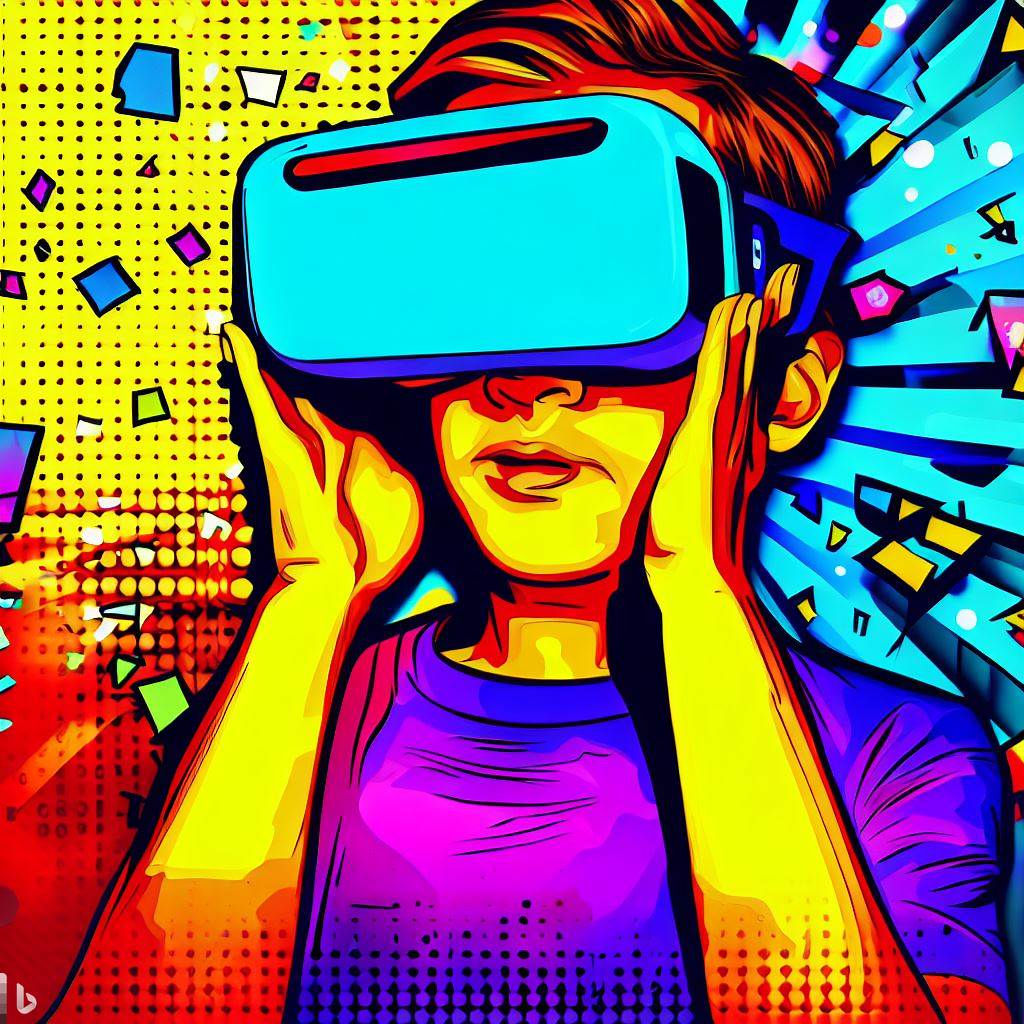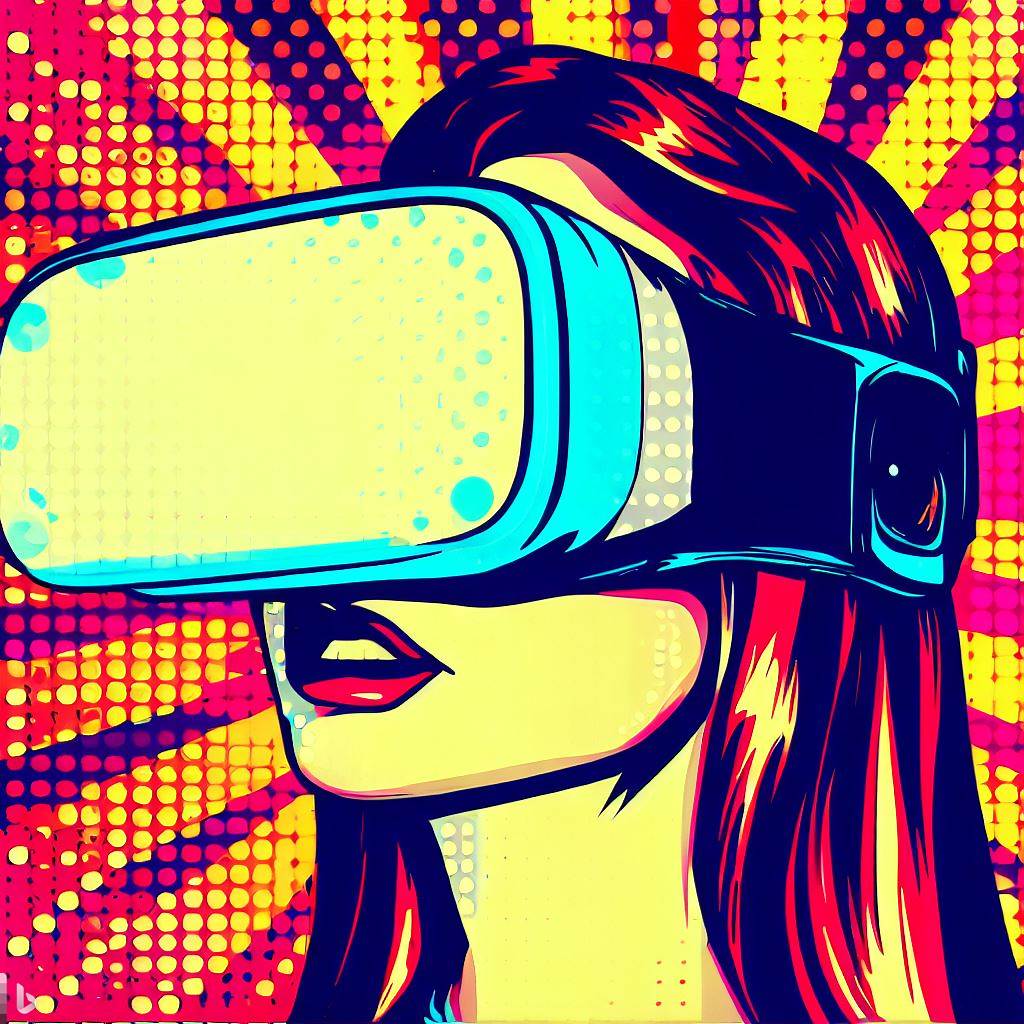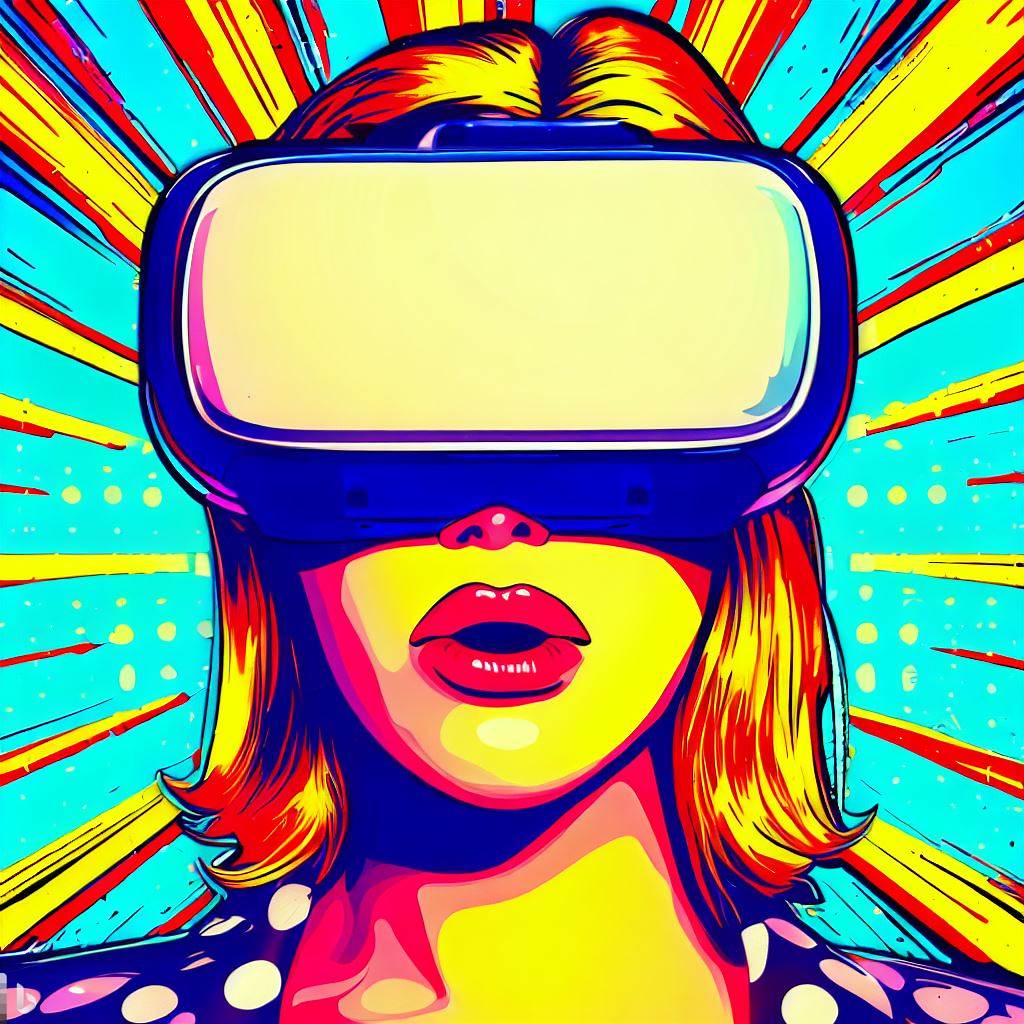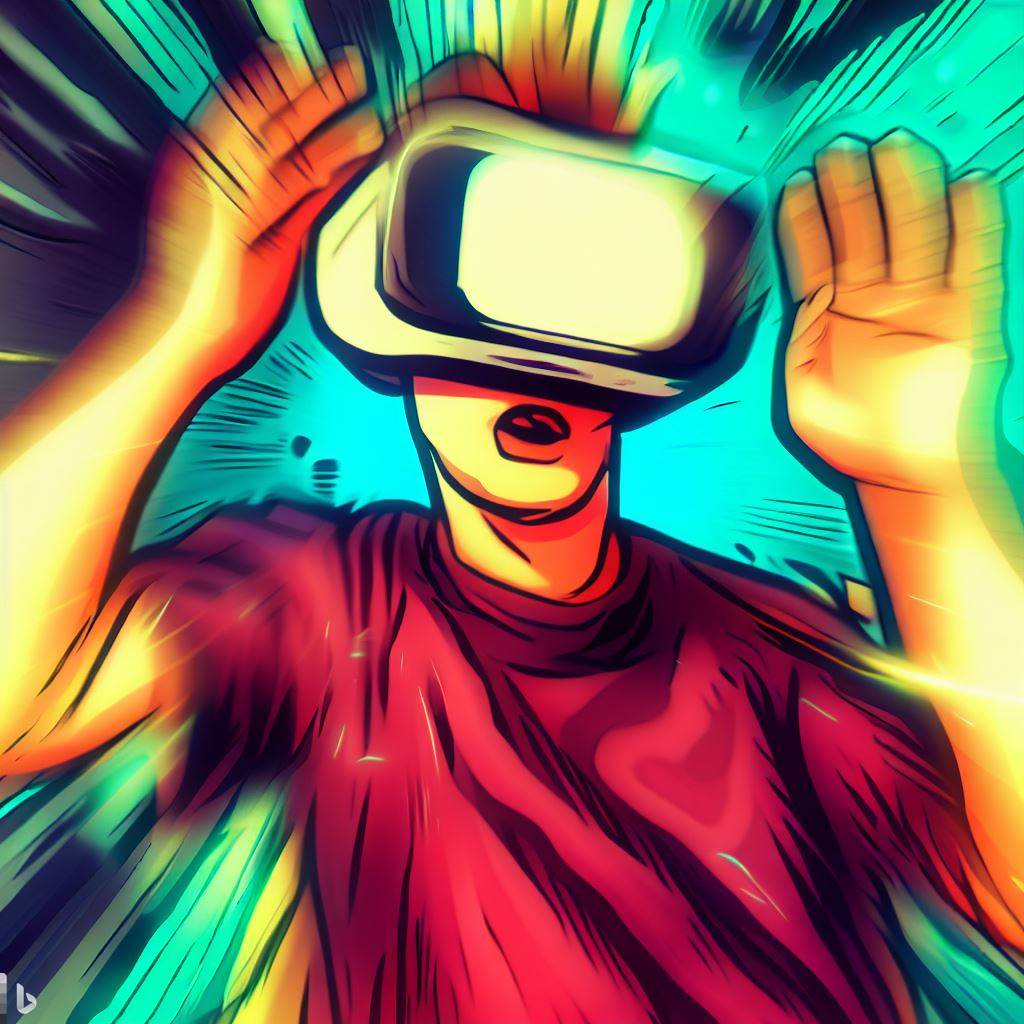Feeling dizzy after a VR session is quite common and is often referred to as cybersickness. To prevent it, start with less intense VR experiences, take regular breaks, stay hydrated, adjust your VR settings, and consider using anti-motion sickness aids if necessary. Always listen to your body and seek professional help if symptoms persist or worsen.
So, you’ve just had an intense session in the virtual world, and now you’re feeling a bit dizzy, huh? Don’t worry; I’ve been there too. In fact, I’ve got a bit of a story to share with you.
Picture this: It’s a Saturday night, and I’m hanging out with my buds, exploring the latest VR game. The game is so immersive, I feel like I’m actually inside the digital realm. But, when I take off the headset, BAM! Dizziness hits me like a ton of bricks. 😵💫
I bet you’re wondering: “Is this even normal? And, more importantly, can I prevent it?” Well, my friend, you’ve come to the right place! I’ll break down everything you need to know about the not-so-fun side of VR: dizziness. Let’s get to it, shall we?
💡 Fun Fact: VR-induced dizziness is so common, it’s got a name: cybersickness. Sounds like a sci-fi movie, right? But I promise, this is real life. 😂
Stay tuned, as we’ll explore:
- Why you’re feeling dizzy after VR
- Tips to prevent it from happening again
- And a whole lot more!
So, grab your favorite beverage, sit back, and let’s get to the bottom of this dizzying dilemma together. By the end of this article, you’ll be a VR expert, ready to tackle the virtual world without the fear of becoming a dizzy disaster!
Ready, set, let’s virtually go! 🚀
The Science Behind Cybersickness: What’s Happening in Your Brain?

Alright, my curious friends, let’s dive into the nitty-gritty of what’s going on in your noggin when cybersickness strikes. I promise I won’t go all “science-y” on you, but a little knowledge never hurt anyone, right?
First things first, let’s talk about vestibular system. Fancy word, huh? It’s basically the part of your inner ear responsible for balance and spatial orientation. Now, imagine your brain is trying to host a party, and the vestibular system is the DJ. But, there’s a catch: the visuals and audio from your VR headset are sending mixed signals, causing your brain to throw a wild, dizzying party.
In VR, your eyes are taken in a virtual environment that’s moving and changing. At the same time, your body is stationary in the real world. This sensory mismatch can make your brain go “Wait, what?!” 🤯
💡 Did you know? This phenomenon is called vection. It’s the sensation of self-motion when you’re actually standing still. Trippy, huh? 🌀
Now, don’t go thinking your brain is out to sabotage your VR fun! In fact, it’s trying to protect you. Your brain interprets the sensory mismatch as a sign of poisoning, triggering the nausea associated with cybersickness. Talk about a plot twist!
So, there you have it! The science behind cybersickness, all wrapped up in a neat little package. But don’t worry, we’re not stopping here. Next up, we’ll discuss the common symptoms of VR-induced dizziness and the factors that can contribute to your discomfort. Stay tuned, dear reader!
From Mild to Wild: Common Symptoms of VR-induced Dizziness

Okay, peeps, let’s dive into the wide world of cybersickness symptoms. Some are as mild as a baby’s sneeze, while others can be pretty wild! Buckle up, ’cause here we go!
- Nausea 🤢: The classic telltale sign that something’s not quite right in VR land. If your stomach’s doing somersaults, it might be time to take a break.
- Dizziness and vertigo 🌀: Feeling like you’re on a never-ending merry-go-round? Not exactly the kind of thrill we’re looking for in VR, but hey, it happens.
- Headaches and eyestrain 👀: When the virtual world becomes a pain in the head, it’s time to give those peepers a rest.
- Disorientation and loss of balance 🚶♀️: Ever find yourself stumbling around after a VR session like you’ve had one too many? You’re not alone.
- Sweating and increased heart rate 💓: If you’re breaking a sweat from more than just an intense VR workout, cybersickness might be to blame.
- General discomfort and malaise 😣: You know that feeling when you’re “just not right”? That’s your body telling you it’s time to take a step back.
Keep in mind, not everyone experiences these symptoms the same way. Some might feel just a tinge of dizziness, while others go full-blown firework mode. It’s all about knowing your limits and listening to your body.
Now that we’ve covered the symptom spectrum, let’s move on to the factors that can contribute to your VR discomfort. Knowledge is power, my friends!
Not All VR Experiences Are Created Equal: Factors Contributing to Discomfort

Okay, okay, I know what you’re thinking: “Why does VR have to be such a double-edged sword?” Well, dear reader, I’m here to tell you that not all VR experiences are destined to leave you feeling like a wobbly mess. Let’s dive into the factors that can contribute to your discomfort in the virtual realm.
- The type of VR content 🎥: Some games and experiences are more intense than others. For example, a calm virtual art gallery is less likely to induce dizziness than a high-speed roller coaster simulation.
- Your personal susceptibility 🧬: Like fingerprints, everyone’s sensitivity to VR-induced dizziness is unique. You might be able to handle a wild ride through space, while your best friend gets queasy from a simple walk on a virtual beach.
- Frame rate and latency 🚥: A high-quality VR experience requires a smooth, consistent frame rate and low latency. Choppy visuals and input lag can make even the most seasoned VR veterans feel a tad nauseous.
- Hardware quality and comfort 🎧: A poorly designed headset can make the virtual world feel like a pressure cooker for your noggin. Invest in a comfy, high-quality headset for a more enjoyable experience.
- Duration of your VR session ⏳: Like a bag of chips, it’s hard to stop at just one bite (or, in this case, one game). But spending too much time in VR can up your chances of feeling unsteady on your feet.
- Movement mechanics 🕹️: Some VR games use “artificial locomotion,” where you move using a controller, while others rely on “natural locomotion,” like physically walking or running in place. The type of movement can impact how your body reacts.
Armed with this newfound knowledge, you can better understand what might be causing your discomfort in the virtual world. And, even better, you can use this info to make more informed choices about your VR experiences.
But wait, there’s more! Stay tuned, because we’re about to share some top tips to prevent cybersickness and keep you feeling fab in the virtual realm.
Dizzy-Proof Your VR Sessions: Top Tips to Prevent Cybersickness

Enough doom and gloom, my friends! It’s time to learn how to dizzy-proof your VR sessions and keep cybersickness at bay. Follow these top tips, and you’ll be well on your way to virtual world domination!
🔹 Tip #1: Start slow and steady: If you’re new to VR or prone to dizziness, ease into the experience. Choose less intense games at first, and gradually work your way up to more complex adventures.
🔸 Tip #2: Take breaks: Marathon VR sessions might sound like a dream come true, but your body will thank you for taking regular breaks. Listen to your body and step out of the virtual world when needed.
🔹 Tip #3: Stay hydrated: Just like in the real world, staying hydrated can help keep dizziness at bay. Keep a bottle of water nearby, and take sips during breaks.
🔸 Tip #4: Adjust your VR settings: Fiddle with your headset’s settings to find the perfect fit, and make sure the IPD (interpupillary distance) is set correctly. A well-adjusted headset can make all the difference.
🔹 Tip #5: Try “VR legs” training: Yep, it’s a thing! Just like “sea legs,” you can train your body to get used to VR. Start with short, comfortable sessions, and gradually increase the intensity and duration.
🔸 Tip #6: Keep a fan handy: A gentle breeze on your face can help reduce the sensation of motion sickness. Plus, it keeps you cool during those intense VR battles!
🔹 Tip #7: Use anti-motion sickness aids: If all else fails, consider trying over-the-counter motion sickness remedies, like ginger chews or acupressure wristbands.
By following these tips, you’ll be well on your way to enjoying dizzy-free VR sessions! But remember, if your symptoms persist or worsen, it might be time to seek professional help. After all, your health always comes first.
When to Seek Professional Help: Knowing Your Limits in the Virtual World
Alright, folks, we’ve covered a lot of ground together in our quest to understand and prevent VR-induced dizziness. But sometimes, even the best tips and tricks aren’t enough. It’s important to know when it’s time to wave the white flag and seek professional help.
Here are some signs that it might be time to consult a medical professional:
- Persistent symptoms: If your dizziness, nausea, or other symptoms persist long after you’ve stopped using your VR headset, it’s a good idea to check in with a healthcare provider. Better safe than sorry, right?
- Frequent or severe symptoms: Some people might experience more severe symptoms, like migraines or intense vertigo, during or after a VR session. If this is the case for you, it’s worth discussing your symptoms with a doctor.
- New or worsening symptoms: If you’ve been using VR without issue for a while and suddenly start experiencing dizziness or other symptoms, it’s time to consult a professional. The same goes if your symptoms worsen over time.
- Underlying health conditions: If you have a history of balance disorders, migraines, or any other condition that could make you more susceptible to cybersickness, consult with your doctor before diving headfirst into the virtual world.
Remember, there’s no shame in seeking help when you need it. Your health and well-being should always come first, both in the real world and the virtual one.
By knowing your limits and listening to your body, you can enjoy your VR adventures without sacrificing your health. Now go forth, dear reader, and conquer the virtual world with confidence and a dizzy-free head!
Thanks for reading!




